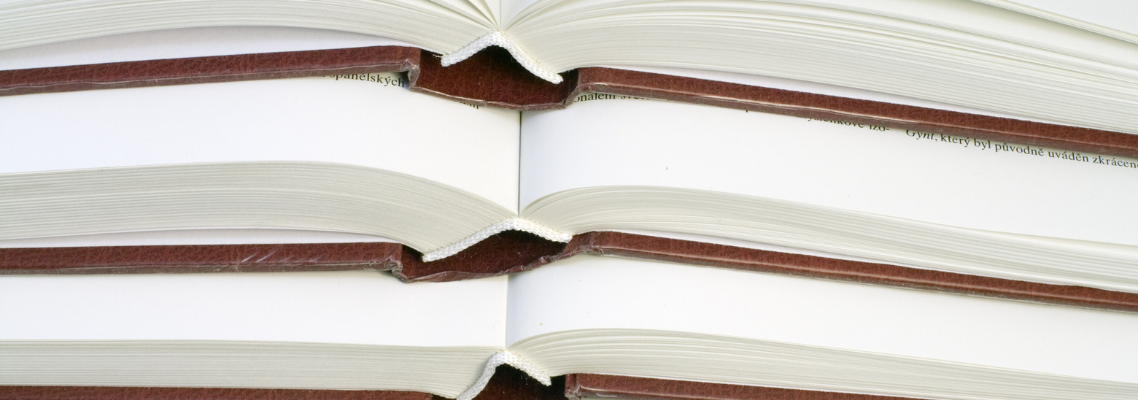- By Le Yi
The book market gradually warmed up
In the first half of 2019, the China’s book retail market moved from “cold spring” to “warm summer”.
According to the data jointly released by China Publishing and Media Journal and the Aoshi Co., (the data integrates real-time monitoring data of over 3200 physical bookstores and online stores, distribution and publishing units in various provinces and cities across China), shows that the national book retail market in the first half of 2019 is doing better than last year. In detail, the sales volume increased by 0.23%, and the sales revenue increased by 8.66%. Among them, the volume of sales in physical bookstores decreased by 13.15% year-on-year, sales revenue decreased by 10.17% year-on-year; while for online stores,the sales volume increased by 10.39%, and sales revenue increased by 16.01%.
In physical bookstores, cultural and educational books is the largest market segment, the market share increased from 35.88% last year to 41.35%. The share of social science related books contracted to 20.63%. Literature, Children’s books and technology related books remained stable: literature accounted for 16.06%, down 1.11%; children’s books accounted for 12.63%, up 1.31%; technology related books accounted for 9.32%, down 1.02%.
For the online market, the share of children’s books increased by 0.86% to 31.23%; the share of cultural and educational books decreased by 1.94% to 22.50%, that of social science related books increased by 0.68% to 19.87%, and that of literature and art increased by 0.32% to 19.35%. Technology related books went up by 0.18% to 4.27%. Lifestyle books went down by 0.1% to 2.78%. It can be seen that consumers of children’s books are more willing to buy online, and their market share jumps from the fourth to the first position.
Policies issued benefit the publishing
In 2018, the China’s publishing industry was in a transition period from traditional publishing to integration and innovation, from high-speed growth to high-quality development, and from manufacturing products to providing knowledge services. Several aspects of policy adjustment have had an impact on the publishing industry. First, the central government and government at various levels have introduced various policies and provided financial support, which boosted the morale of the book industry.
The central government fulfilled its promise of a further tax cut and reduced the tax rate of print books and e-books by 1% to 10% while exempting the value-added tax-levied to wholesalers and retailers, which injected power into the competitiveness of publishing companies. Government also provides strong support for physical bookstores. For example, in 2018, Beijing invested 50 million yuan to support 151 physical bookstores. In 2019, the support fund will reach 100 million yuan.
Second, the government actively promoted the reform of textbooks and thus changed the pattern of the education publishing market. The textbooks of three subjects (Ideology and Politics, Chinese, History) compiled by the Ministry of Education were launched in the fall of 2017. In September 2019, they will be used nationwide in primary and secondary schools across China. This will change the pattern of the textbook publishing market. The market competition for the selection of textbooks will be more intense, and the share of big publishing houses will be further expanded.
Third, under modifications of the government, the number of titles in the book market continues to shrink and publishers strive to achieve high-quality development by improving quality and efficiency. According to the data released by the State Administration of Press and Publication, the number of new books in China in 2018 decreased by 3.1% year-on-year to 247,000. At the same time, the number of reprinted books continued to grow rapidly in both volume and title, surpassing the new edition in the number of titles. The original book market is further heated up. The annual print-runs of 24 original literature and children’s books exceeded 1 million, with an increase of 33.3% from prior year. The annual print-runs of 67 original children’s books exceeded 500,000, with an increase of 39.6% year-on-year, accounting for 73.6% of the children’s books with print-runs of 500,000 and above. The balance of content industry has shifted from being comprehensive to being professional.
Fourth, with the support of the government, many listed companies actively explored the deep integration of industry and capital. At the same time, they actively carried out brand diversification and completed the evolution from book brands and publishing brands to cultural brands. The number of publishing groups with assets of more than 10 billion yuan has reached to 21, increased by 3 from last year.
Fifth, on the basis of mastering big data, publishers actively use new technologies to learn readers’ real preferences and needs, and then to produce related products. Content production has realized a decentralized production mechanism. Publishers innovate in the mining of the publishing resources and upgrading of production methods, and have launched a number of new publications that incorporate new technologies.
This article first appeared in China Publishing and Media Journal

